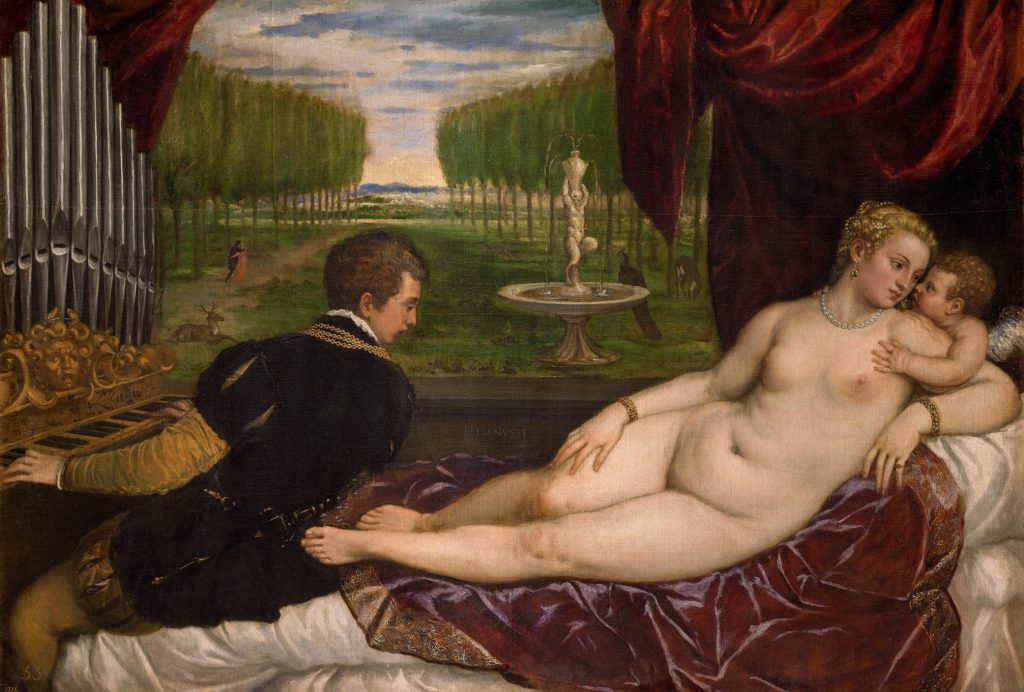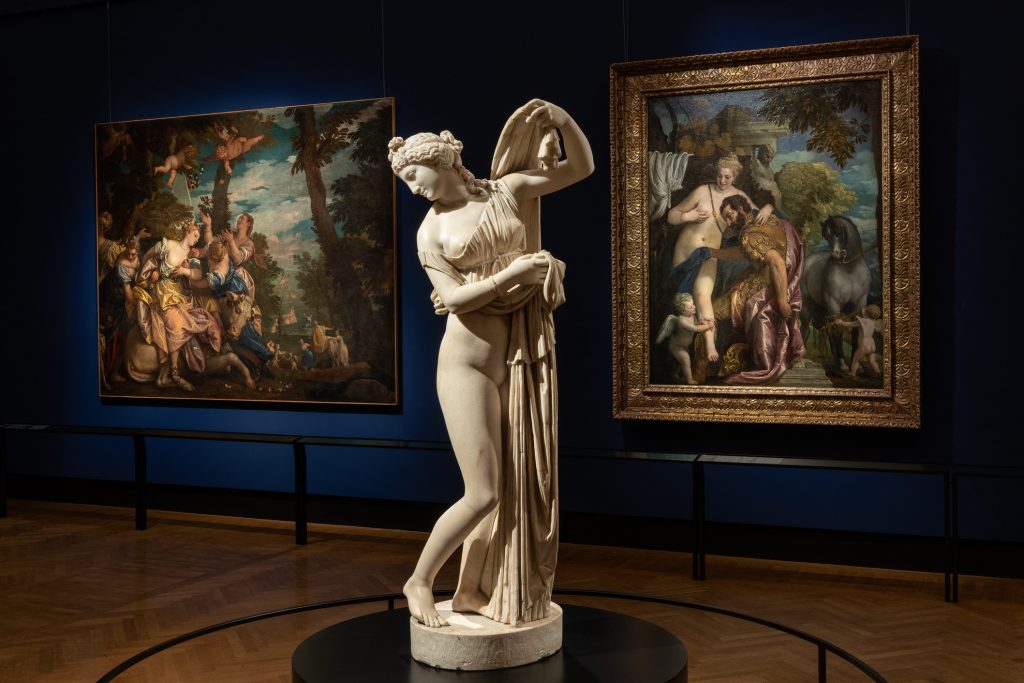The national lockdown that has been reinstated in Austria, in response to a surge of Covid cases there, is going to hit the country’s cultural institutions especially hard, said the director of a leading museum in Vienna, resulting not only in disrupted exhibition schedules, but a staggering loss of millions of euros in revenue.
The unexpected and short notice of the return to a full lockdown—the first in Europe—was announced only last Friday and will lasts until at least December 13. It will likely cause significant financial implications on museums’ budgets next year, said Sabine Haag, the general director of the Kunsthistorisches Museum and associated institutions in Vienna.
“It’s highly problematic for us because we have the Titian exhibition going on at the moment. It’s a big shame because we are in the middle of the show, and not to mention the economic loss in terms of revenue,” Haag told Artnet News. “We are going to lose millions of euros.”
“Titian’s Vision of Women—Beauty, Love, Poetry,” opened on October 5 and was originally scheduled to run through January 16. The exhibition, which includes more than 60 paintings from the Kunsthistorisches Museum’s own collection as well as masterpieces on loan from international institutions, was supposed to travel to the Palazzo Reale in Milan in February.
The Covid-19 pandemic has sent Austria into lockdowns three times already since 2020. But as the situation eased, and government officials said no more lockdowns were expected, the museum decided to go ahead with the autumn blockbuster show. But the situation in Austria worsened in recent weeks, with a surge of new Covid cases and a comparatively low vaccination rate across the country—about 65 percent, one of the lowest in Europe.

Venus with an Organist and Cupid, Titian (ca. 1488–1576) ca. 1555. Museo Nacional del Prado, Madrid. Photo: © Archivo Fotográfico. Museo Nacional del Prado, Madrid.
“Many of us feel it is unfair to the vaccinated people, to the institutions and to the people who did everything right,” Haag said, adding that museums with large gallery spaces are relatively low-risk for the public, since they adopt strict measures including requiring visitors to wear FFP2 face masks. “But there’s no way out for us.”
Even before the closure, the museum had already lost nearly 50 percent of its audience compared to the pre-Covid times. Attendance to the Titian exhibition has yet to be released, but past exhibitions of a similar caliber at the Kunsthistorisches Museum, such as the Pieter Bruegel show in 2018, and the Rubens exhibition in 2017, received 400,000 and 360,000 visitors respectively. The museum cluster, including the Kunsthistorisches Museum, the Museum of Ethnology and the Austrian Theatre Museum, welcomed more than 1.2 million visitors annually before Covid hit.
With a general ticket to the Titian exhibition selling at €23 ($25.90), and pricier tickets that include a guided tour, a breakfast or an evening entry with antipasti and aperitivo, the loss of millions of euros in revenue is not an exaggeration.
And although the museum gets funding from the state, the amount covers roughly half of its operating budget. It is responsible for finding the financing for the rest, and the institution has already had to tighten its budget and cut its expenses, Haag said. While it has not laid off any staff since the pandemic started, one immediate measure was to ask employees to use their vacation days during the current lockdown.
Andrea Mayer, Austria’s State Secretary for Art and Culture, has already promised a raise in state support for the culture sector, and is “a brave woman” fighting for the cultural institutions, Haag said. But “it is a very tough situation, not just for us, but also museums in general. We will see how much support the ministry will be able to give us. We will need more support in 2022.”
And museums in Austria are not alone. A blockbuster exhibition of work by Johannes Vermeer in Dresden is among the major shows that have been forced to close to the public amid a surge of Covid cases in the state of Saxony in eastern Germany, which has the highest infection rate in the country, with a seven-day incidence rate reaching 1,000 cases per 100,000 people. “More or less everyone in Germany [will] be vaccinated, recovered from coronavirus, or dead,” said the German health minister Jens Spahn.
In the meantime, Haag is working to extend the Titian exhibition for another two weeks so that more people will be able to see the show when the museum eventually reopens after the lockdown. “We really had lots of people coming. The show has been such a big, big success, it’s spectacular,” Haag said. “People long for encounters in museums.”







